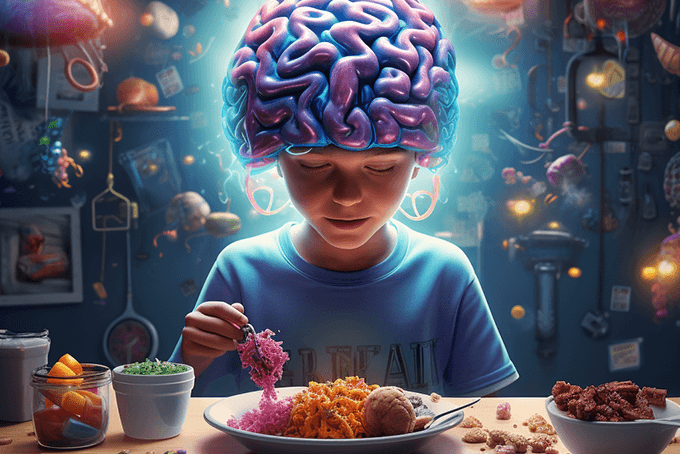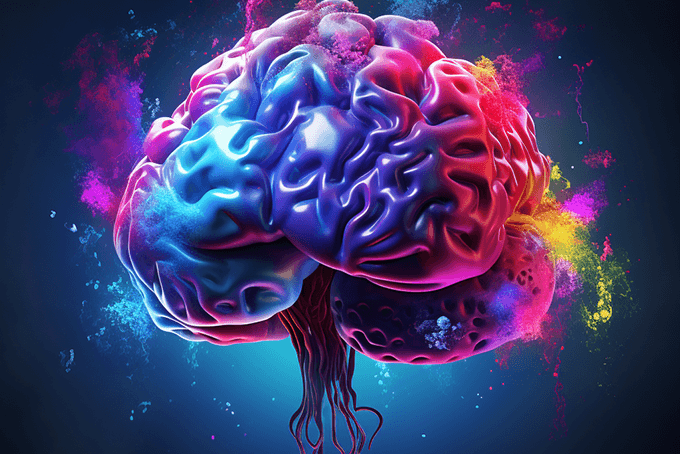There are many interrelated parts that make up the brain, providing essential functions necessary to human life. Human brain functions are responsible for humans being able to talk and reason, as well as process visuals and emotions. When you make a decision, you probably don’t think about how much you’re using your brain to make that choice. The cerebral cortex, your brain’s primary structure, is highly involved with how you learn “new information, form thoughts and make decisions,” according to A Guide to Brain Anatomy, Function and Symptoms.
There are four main brain structures:
The cerebrum
This is the largest part of the brain, making up about “90 percent of the brain’s weight,” according to Mind Disorders. It is,“responsible for higher brain function, which includes the interpretation and reception of the nerve impulses, initiating voluntary movement, memory, thought processes, and logical reasoning.” according to MedicaLook. The cerebrum also controls emotional and instinctual responses.
-Also controls language and reasoning skills
The cerebellum
This is the second largest part of the brain and it is located below the cerebrum. Balance and coordination are this area’s main function. “Disorders related to the damage of the cerebellum often result in ataxia (problems with coordination) and dysarthria (unclear speech resulting from problems controlling the muscles used in speaking),” Mind Disorders said.
-Controls movement and balance
Limbic system
This system is the center for emotional thinking and contains the hypothalamus, pituitary gland, amygdala and hippocampus.
The hypothalamus regulates hunger, thirst and anger in the body, among others.
The amygdala plays another role. “The amygdalas are two almond-shaped masses of neurons on either side of the thalamus at the lower end of the hippocampus. When it is stimulated electrically, animals respond with aggression. And if the amygdala is removed, animals get very tame and no longer respond to things that would have caused rage before,” Webspace’s “General Psychology” The Emotional Nervous System said.
The hippocampus is all about building memories. This is the place where memories are stored, both in the short-term and the long-term.
The pituitary gland is about as small as a pea and is located at the brain’s base. The gland has three lobes: anterior, intermediate and posterior. “Each lobe of the pituitary gland produces certain hormones,” the University of Maryland Medical Center Endocrinology Health Guide said. For example, in the intermediate lobe, the melanocyte-stimulating hormone controls skin pigmentation.
Also controls:
-Body Temperature
-Sleep patterns
-Emotions/memory
The Brain Stem
The brain stem is another crucial area. “The brain stem plays a vital role in basic attention, arousal and consciousness. All information to and from our body passes through the brain stem on the way to or from the brain. Like the frontal and temporal lobes, the brain stem is located in an area near bony protrusions making it vulnerable to damage during trauma,” the Centre for Neuro Skills said.
Also controls:
-Breathing/ heart rate
So the next time you walk, talk or write, keep in mind, those are all skills directly from your brain. It may not seem like it is all that important to think about your senses, but when you think of the big picture and how nearly every movement you make has to do with the functioning of your brain, you can start to see how much of an impact each of the four main structure’s has on your day to day living.



